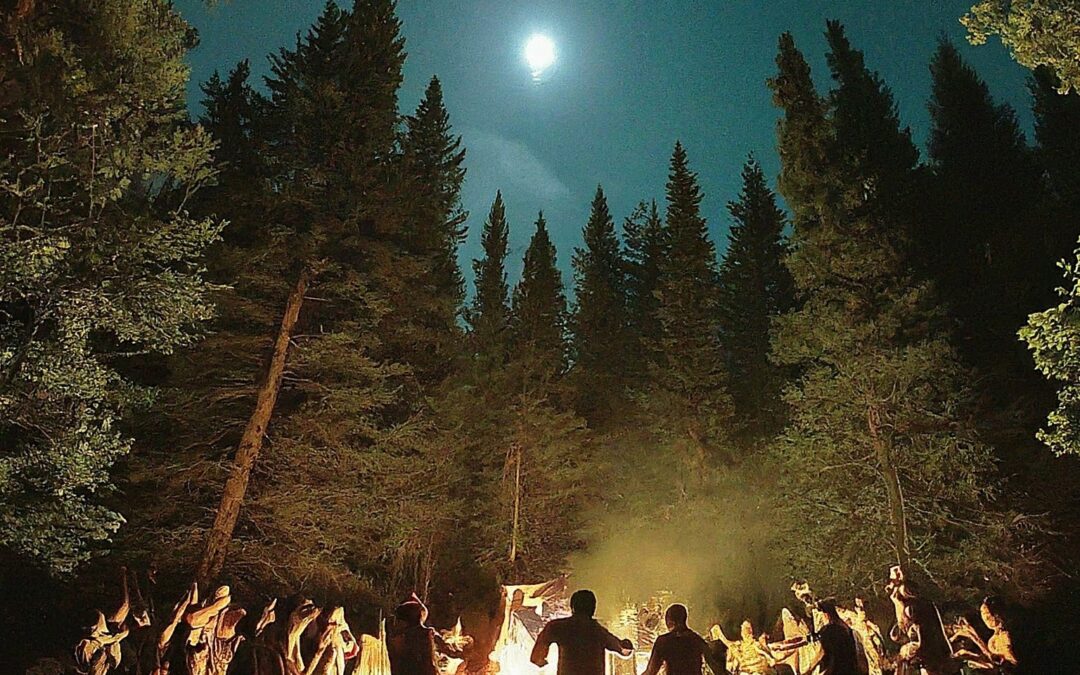Recent discussions about “inclusive, co-creative drum and dance circles” have prompted me to reflect on what this means in practice. We often find inclusivity and tolerance challenging, not just in drumming circles but in many areas of life. The paradox of tolerance reminds us that unchecked intolerance can undermine inclusivity itself.
For drum circles, I propose focusing on how our values manifest in the community, rather than getting entangled in rigid definitions. An inclusive circle welcomes diverse drums, rhythms, grooves, expressions, and dynamic levels—from contemplative to ecstatic. It’s about creating space for everyone, being receptive to different sounds and textures, and contributing to the collective experience.
Inclusivity means:
- Playing at volumes that allow others to be heard.
- Sharing solo space.
- Being open to suggestions about tempo, groove, and time signatures.
- Supporting the groove when not soloing.
- Responding to the dancers’ energy.
The Challenge of American Rhythm Traditions
The U.S. has a rich tapestry of cultural influences, each with its unique values, culture, and music. Yet, the dominance of Western European culture has left many disconnected from their own rhythm traditions. Unlike cultures where drumming and dancing are communal experiences, many Americans lack that deep-rooted connection.
The resurgence of drum and dance circles in public spaces fills this void, but it raises the question of how to participate authentically. Two common approaches emerge:
Traditionalists: Seeking connection through specific rhythm traditions, sometimes adhering rigidly to a “One True Way.”
Individualists: Expressing themselves freely without formal instruction, often lacking a deep understanding of rhythm.
The tension between these approaches shapes many modern American drum circles.
A Vision for Inclusive, Co-Creative Circles
To reflect our diverse culture, I envision circles:
- Founded on the universal language of rhythm, embracing diverse instruments.
- Incorporating recognizable and repeatable structures, allowing for solidarity.
- Embracing improvisation and spontaneity for individual expression.
- Egalitarian and democratic, seeking consensus while valuing differing views.
- Inspired by a range of tradition, open to creativity and evolution.
- Striving for balance between individual and collective expression.
These circles should inspire and foster connection, reminding us of the magic that exists beyond the mundane.
Signs of Hope
I’m encouraged to see a growing number of individuals practicing the values of inclusive, co-creative circles. More people are articulating how circles can reflect our diverse, inclusive, and creative community. There’s a shift happening, and it’s exciting to witness.

